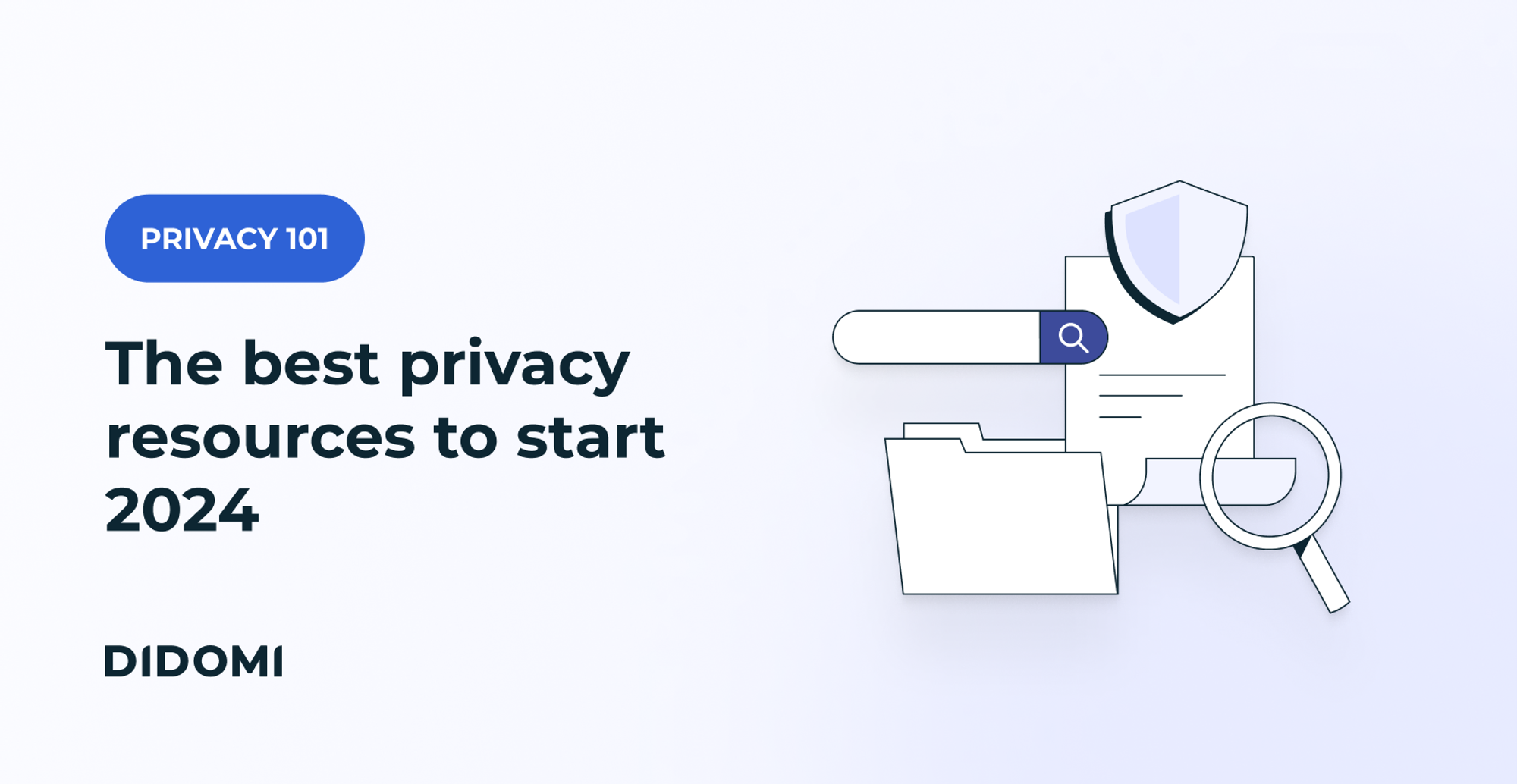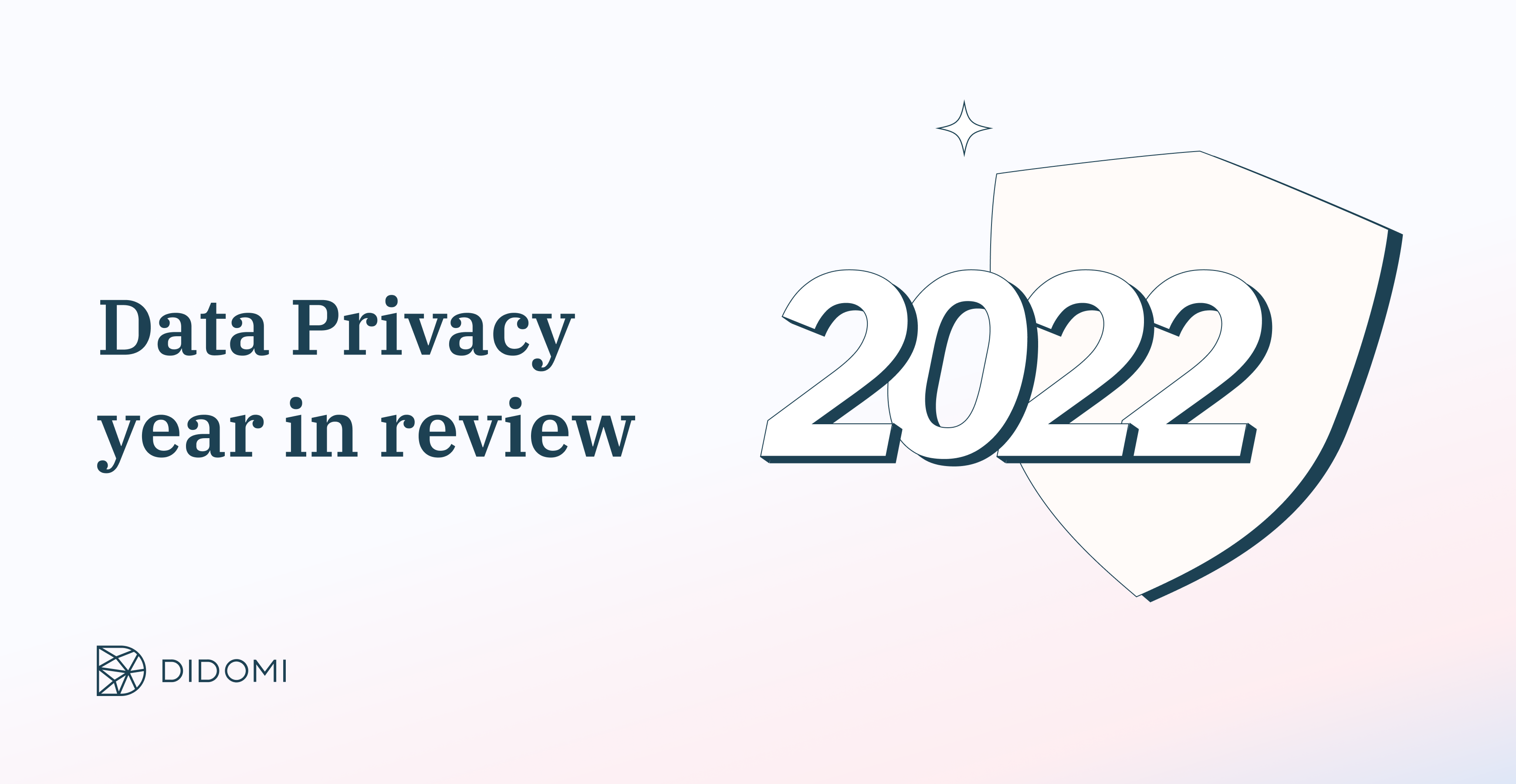|
In the Privacy Soapbox, we give the stage to privacy professionals, guest writers, and opinionated industry members to share their unique points of view, stories, and insights about data privacy. Authors contribute to these articles in their personal capacity. The views expressed are their own and do not necessarily represent the views of Didomi.
Do you have something to share and want to take over the privacy soapbox? Get in touch at blog@didomi.io.
Note: This article was originally published on November 7, 2023, on the Yes We Trust blog. |
I am Jeff Wheeler, the Vice President of Product Development at Didomi.
Over the course of my career in the United States and Europe, I’ve seen the data privacy landscape evolve significantly. But in the past two years specifically, as more and more comprehensive consumer privacy laws are introduced, I’ve noticed that these laws are largely shaped based on the political leanings of their state.
Conservative states lean towards more business-friendly regulations, while liberal states often prioritize individual rights, sometimes at the perceived expense of businesses.
This divide affects businesses and consumers within these states and offers a glimpse into one of the reasons why a federal privacy law remains elusive.
|
Note: For a deep dive into privacy laws in the United States, check out the following map and guide by Didomi.
|
The conservative approach to data privacy in the U.S.
In conservative-led states such as Iowa, Virginia, or Utah, data privacy laws tend to be business-friendly, toeing the line between consumer rights and the interests of businesses.
Some examples of how these laws cater to businesses include:
-
Flexible compliance frameworks, giving broader leeway to businesses in how they approach compliance, ensuring they can adapt without excessive financial burdens.
-
Clarity in definitions by avoiding overly broad definitions in order to ensure businesses have a clearer understanding of what is expected of them.
-
Stakeholder input, making a more significant effort to involve businesses in the legislative process, and ensuring their concerns are part of the resulting laws.
Detractors argue that prioritizing businesses can come at the expense of consumers and that a more lax framework might lead to a lesser impact on actual data practices or organizations.
The liberal approach to data privacy in the U.S.
On the other side of the fence, liberal-led states such as California and Colorado have taken a consumer-first approach, focusing mostly on the rights of the people and placing more stringent demands on businesses.
Examples of requirements these laws tend to implement include:
-
Strict standards, ensuring businesses maintain the highest level of privacy for their users.
-
Broad definitions, covering a wider range of potential privacy infringements by keeping terms less defined.
-
Hefty penalties for non-compliance, making sure that businesses take regulations seriously with substantial fines.
Critics claim that excessive pressure on businesses will ultimately be damaging to the economy, making data privacy a burden on innovation.
The effects of data privacy on businesses and consumers in the U.S.
Businesses operating in multiple states find themselves in a regulatory maze, needing to comply with varying standards and requirements. Looking at a snapshot of the various regulations shows the complexity of what organizations have to deal with currently:
On the one hand, more lenient laws might offer short-term relief, but can expose companies to long-term risks, especially if they expand into stricter states.
Conversely, while liberal states protect consumers robustly, they might deter innovation and startups due to the high compliance costs.
Towards a Federal Privacy Law in the U.S.?
The political divide in state-level privacy laws reflects a broader ideological difference.
Conservative states prioritize economic growth and entrepreneurial spirit, while liberal states emphasize consumer rights and protections. This dichotomy is a microcosm of national-level debates and a primary reason the U.S. hasn't seen a federal privacy law despite long-running rumors and conversations.
For a nationwide law to take shape, there will need to be a bridging of this ideological divide.
The challenge will be crafting legislation that provides robust consumer protections while fostering a healthy business environment.
Conclusion
As states continue to pass their own privacy regulations, these differences offer both challenges and opportunities for businesses. Acquiring a thorough understanding of these differences is crucial for navigating the complex U.S. regulatory landscape.
It's also a reminder for consumers that where you live can significantly impact your privacy rights.
For the nation, it underscores the need for a unified approach to privacy—one that recognizes the importance of both consumer protection and a vibrant digital economy. The hope remains that, with collaboration and understanding, a balanced and effective federal privacy law can be achieved.




.png?width=2400&height=1480&name=Didomi%20-%20U.S.%20data%20privacy%20law%20state%20map%20(January%202024).png)



